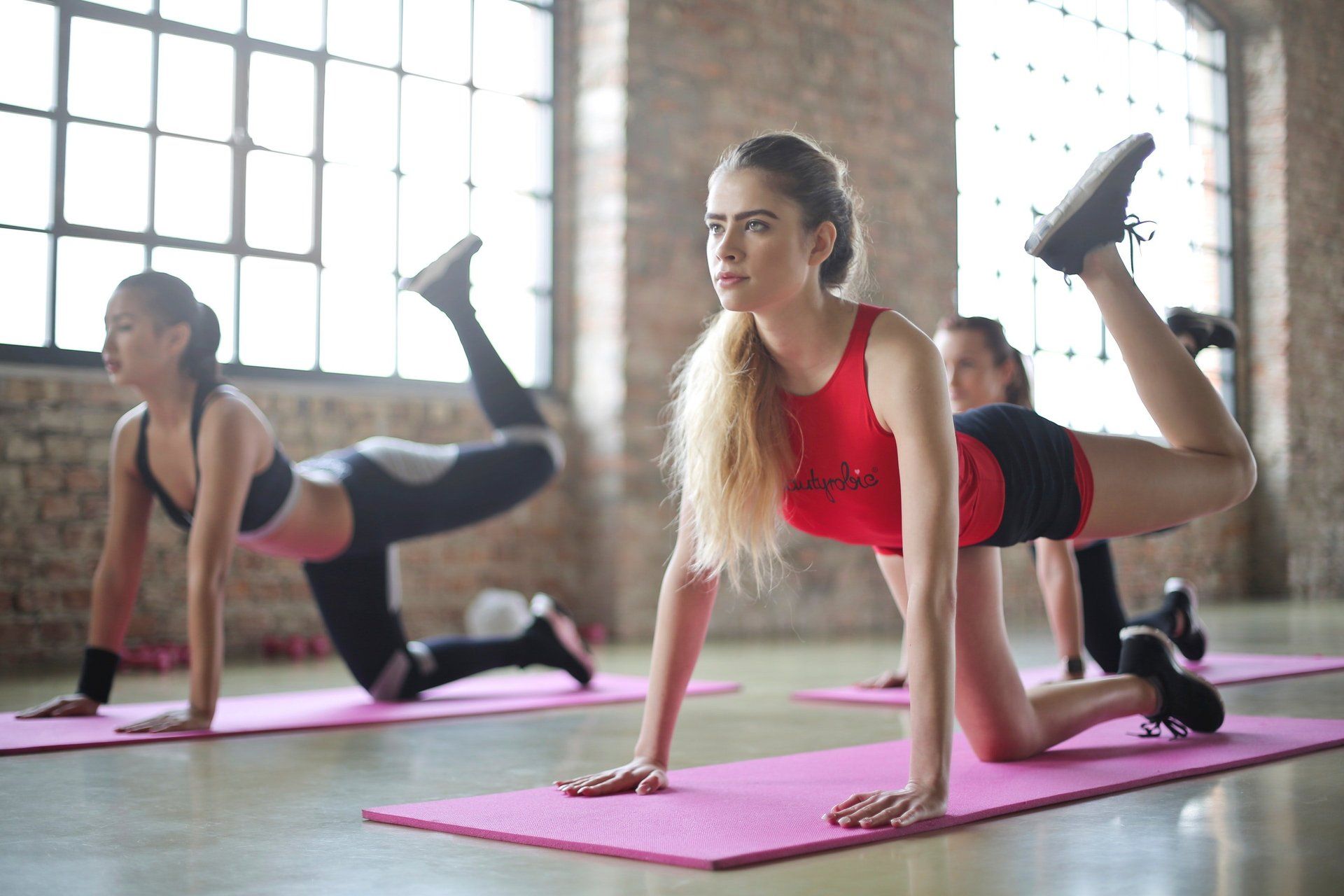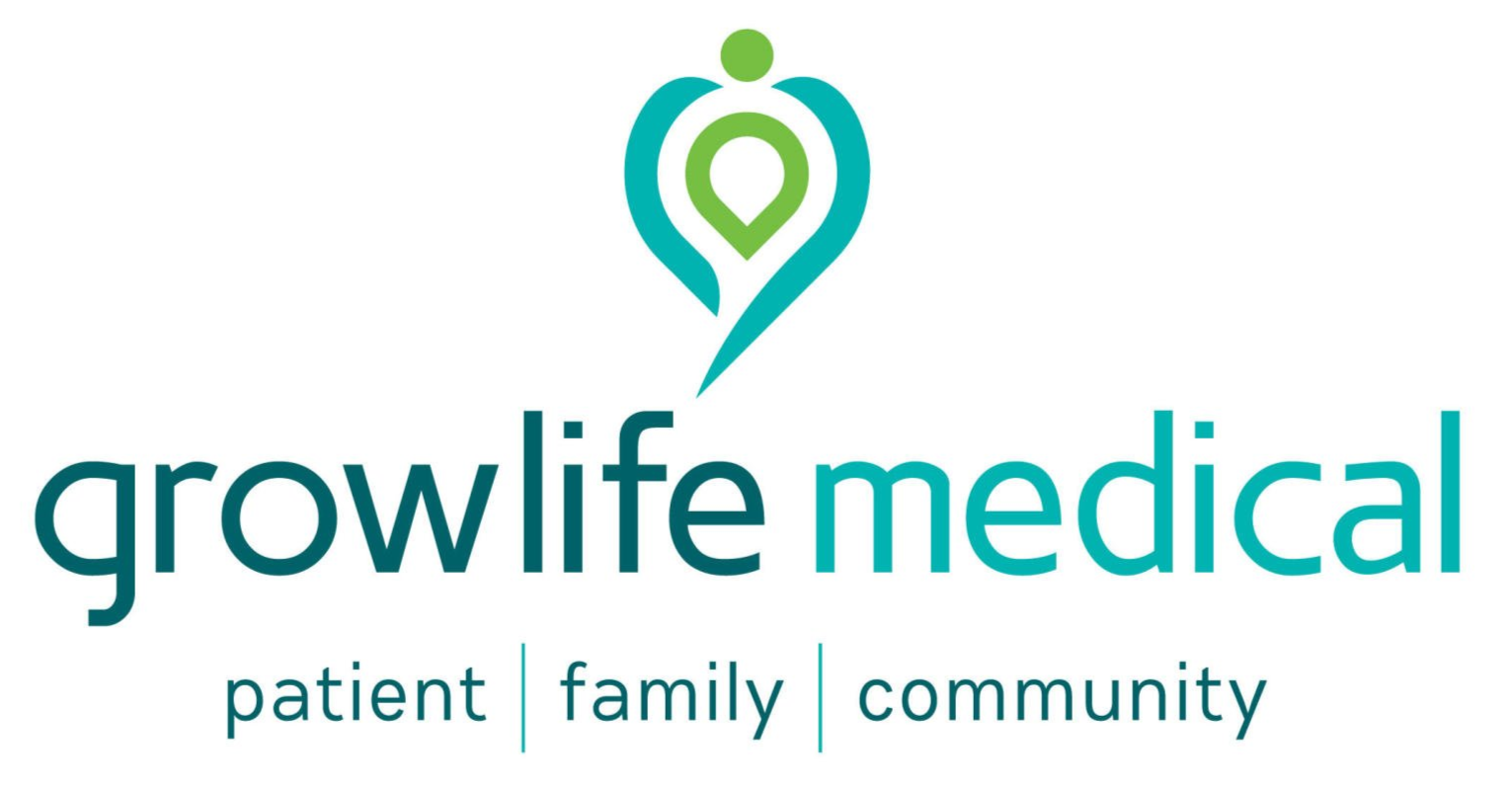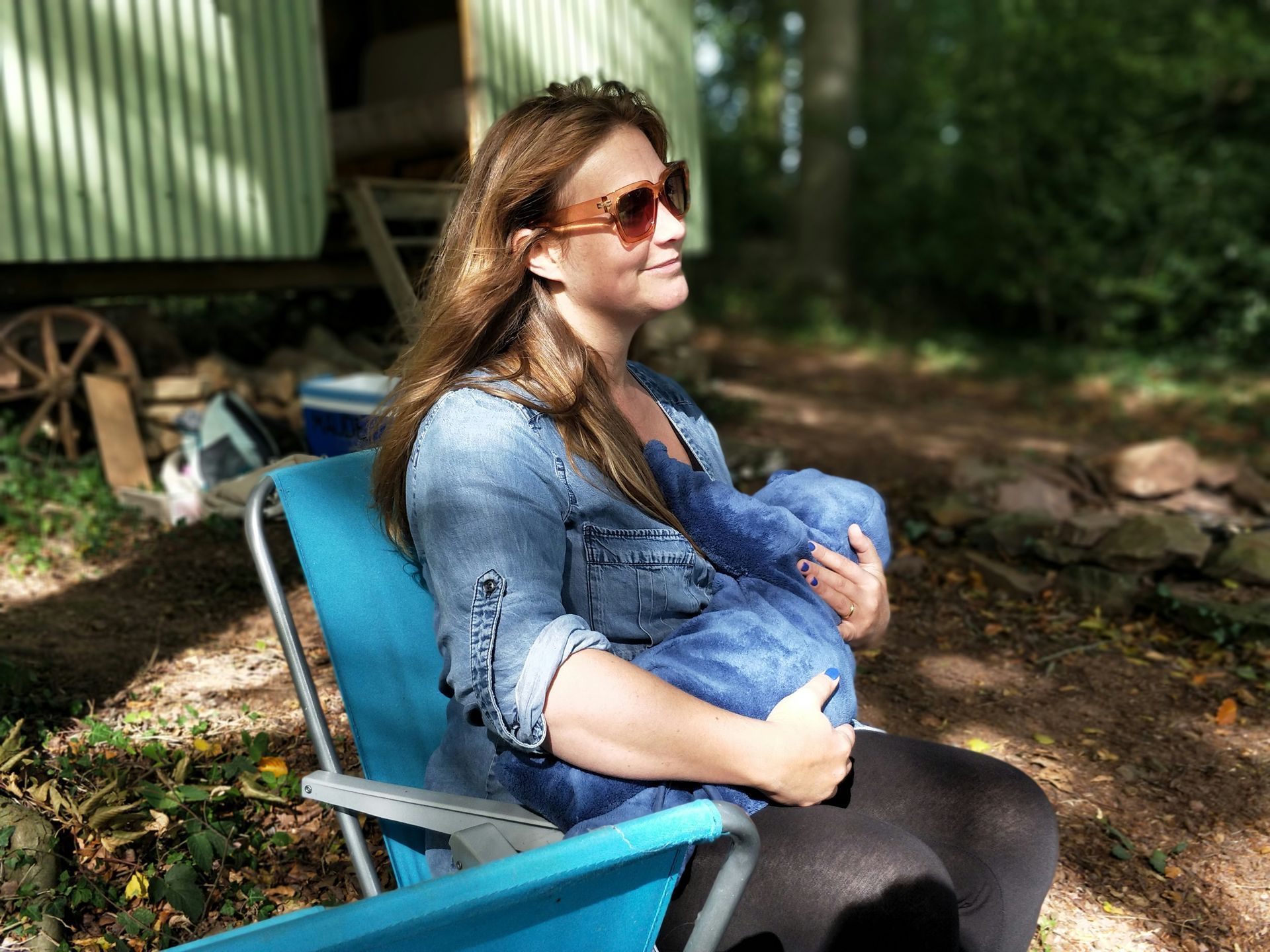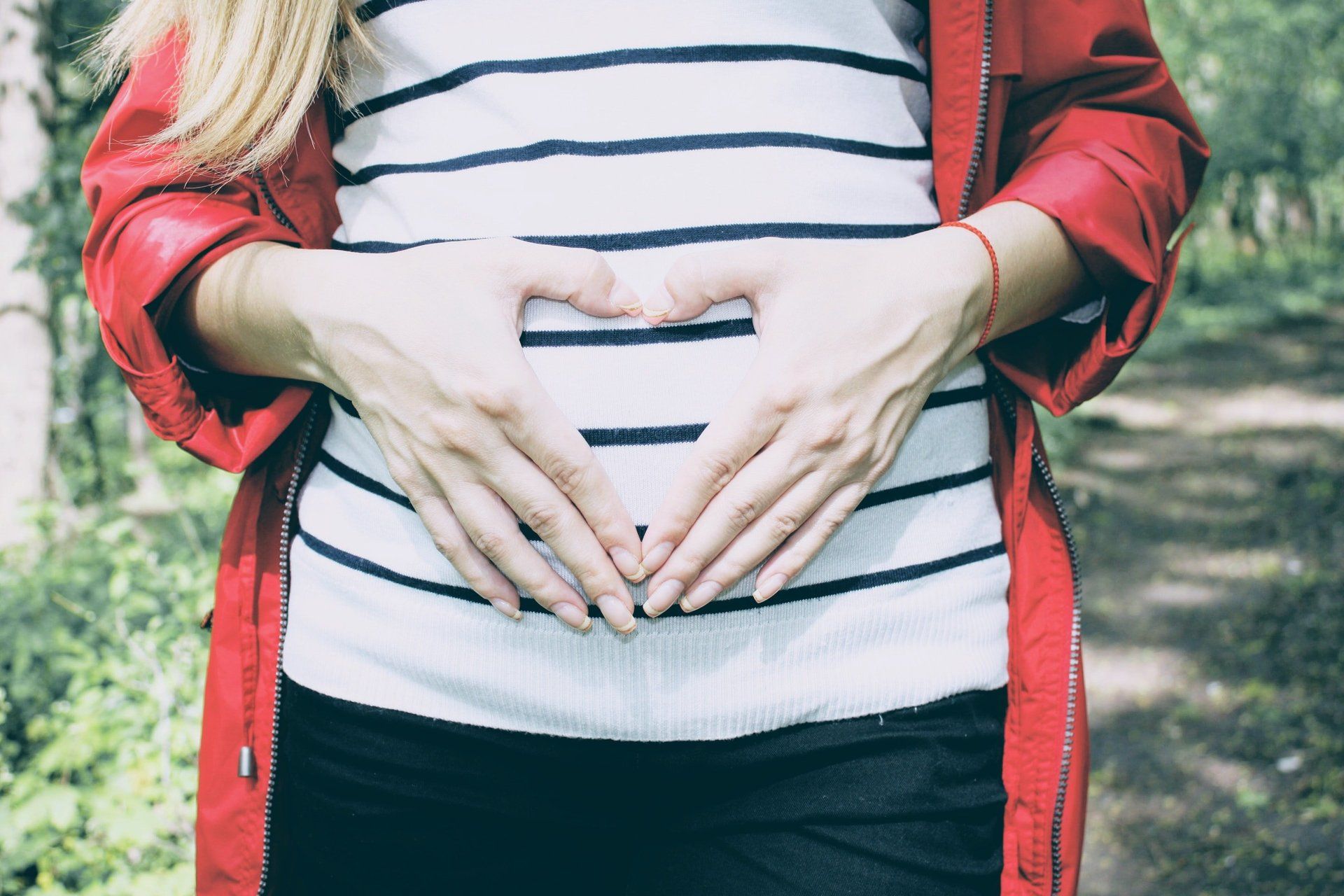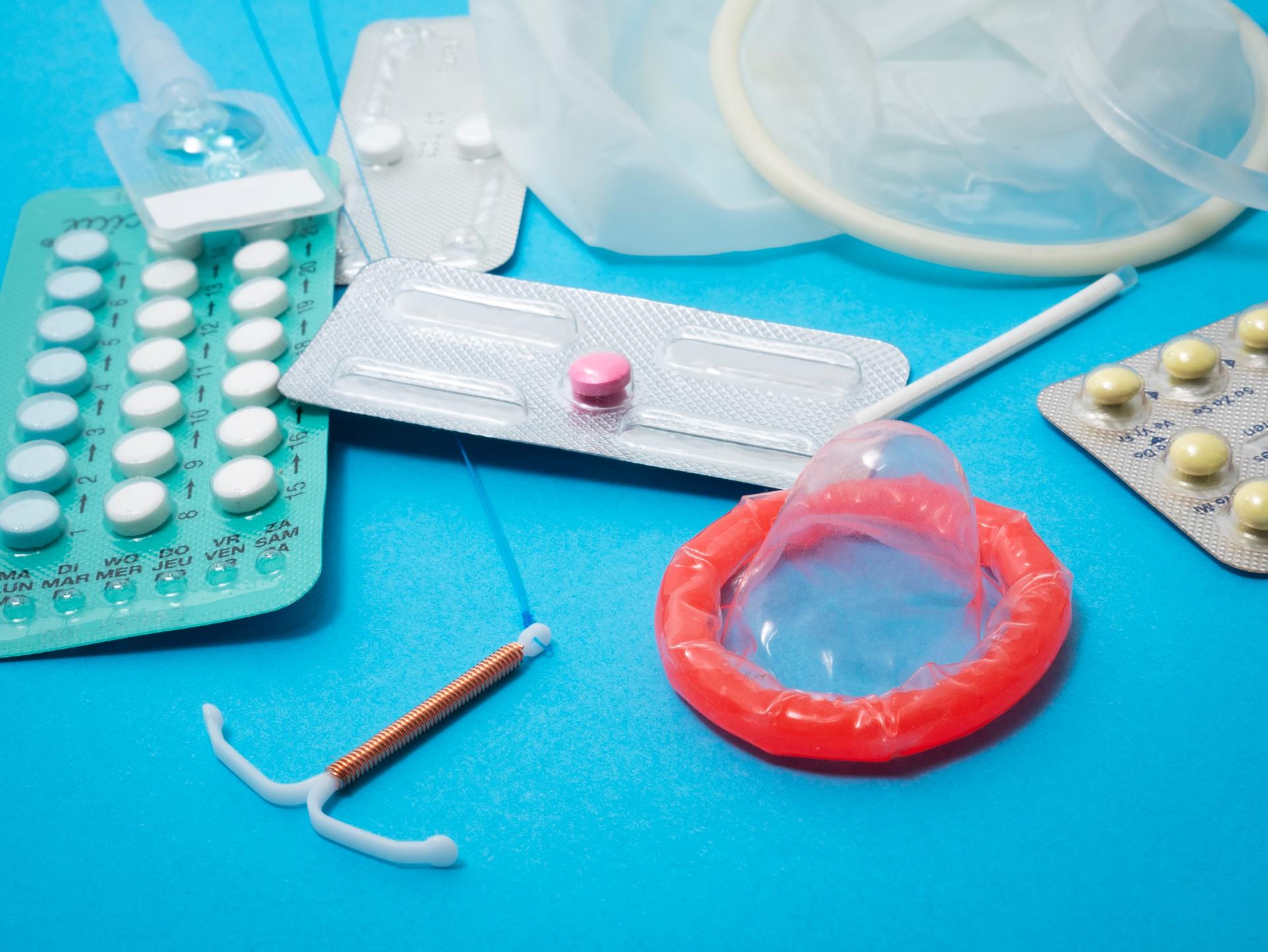Baby Led Weaning
Baby Led Weaning Ideas
Baby Led Weaning Benefits
- Giving your baby a chance to develop their hand and oral motor coordination
- Your child will learn about the importance of independence and self-sufficiency from a young age.
- If you provide your baby with food that the entire family is eating, you can cut down on preparation time.
- Your child will become accustomed to an array of textures and flavours from a young age. This may make them more adventurous or sophisticated eaters in the future.
- There is some evidence to suggest that babies who learn to feed themselves will be more able to control their appetite as they grow older, potentially reducing their risk of becoming obese. Studies exploring this link are not conclusive, however.
How to Stop Breastfeeding
- Increasing the gaps between breastfeeds.
- Breastfeeding only at the most vital times such as to help them sleep during the evening or in the early morning.
- Breastfeeding until your child simply chooses to stop. This is a natural process whereby your child will elect for shorter and more infrequent feeds.
How Much Milk Should My Toddler Drink?
Baby Led Weaning Recipes
There are plenty of baby led weaning recipe options out there for parents hoping to get on board. If you're needing more advanced support with your baby's nutrition, paediatric dietitians are available for consultations. A couple of recipes we like are:
1. Vegetable pancakes
These pancakes are nutritious and bitesize and should help your baby develop a taste for delicious vegetables. Check out the recipe here .
2. Broccoli cheese frittata fingers
These bites are packed full of nutrients and subtle flavours that almost all babies will love. What’s more, it’s easy to make and adults will also adore it. Take a look at the recipe here .
Lactation Consultant & Child Nutrition
Breastfeeding Support
Other Articles On Breastfeeding
